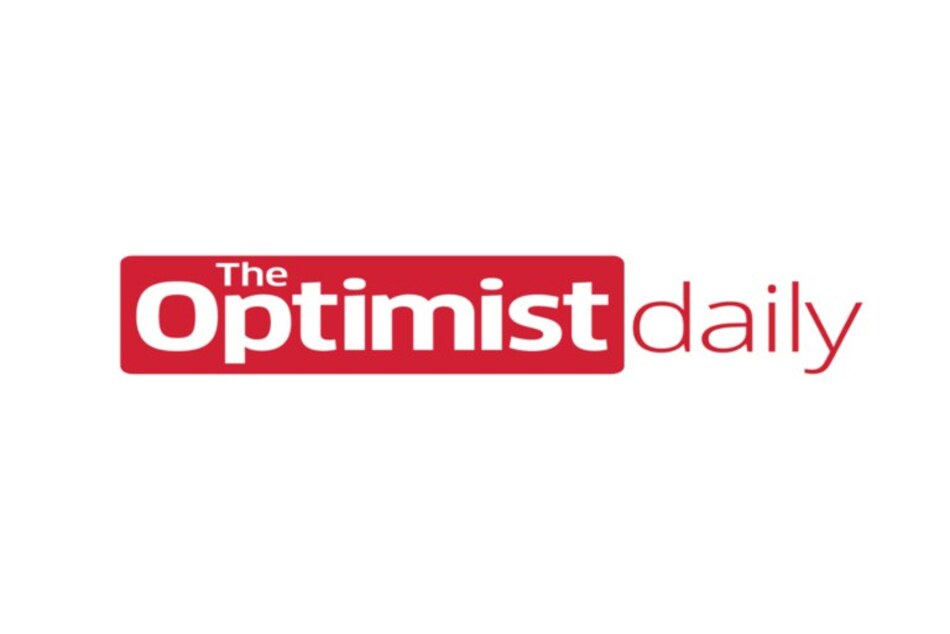The increasing acceptance of electric vehicles is motivating office garages, retail outlet parking lots, highway corridors, and residential complexes across the US to install more EV charging stations. That said, the installation of EV charging infrastructure is happening more prominently in affluent areas.
If we want to make zero-carbon travel an option to all, then we will have to improve accessibility to EV chargers and figure out how to ensure electric vehicles do not exaggerate the gap between high-income and low-income communities.
When we look at California, we see that low-income neighborhoods have the fewest total chargers per capita, while high-income ones have the most. The chargers that are found in lower-income areas aren’t even primarily used by locals, but rather by commuters who are in transit to other parts of town.
This reflects the market practices that have been catered to more privileged people who had the resources to make the switch from fuel to electric early on. As the EV industry begins to accelerate, advocacy groups and government agencies are working to ensure that the transition to zero-carbon transportation is available to everyone. They are especially exerting effort to reach both people in low-income neighborhoods and communities of color.
Luckily, organizations like the California Energy Commission (CEC) have promised to spend $384 million over three years to fill the equity gaps in terms of battery charging stations, focusing on building EV chargers within low-income communities. Ultimately, they want it to be more convenient to charge an electric vehicle than to top up the gas on a conventional vehicle.
New York also has put into action a $750 million program to create more than 50,000 charging stations statewide, allocating a quarter of its funding to low-income communities. But making sure public charging stations are available everywhere only solves part of the problem.
In Seattle, Express Credit Union, a nonprofit financial cooperative, is helping to democratize EV adoption by launching the EV loan program. The program offers “fair financing” loans that include lower interest rates for electric model purchases. This means that people with lower credit scores can take out a loan for EVs (new or used) without making a huge down payment.
Elizabeth Escobar, the woman who manages the EV loan program, expresses the need to circulate information on the potential cost savings of electric vehicles in both English and Spanish. This may help draw more interest from people who come from lower-income backgrounds as language adds another barrier for reaching certain communities, and the current conceptualization of EVs is that only the wealthy can afford them.












